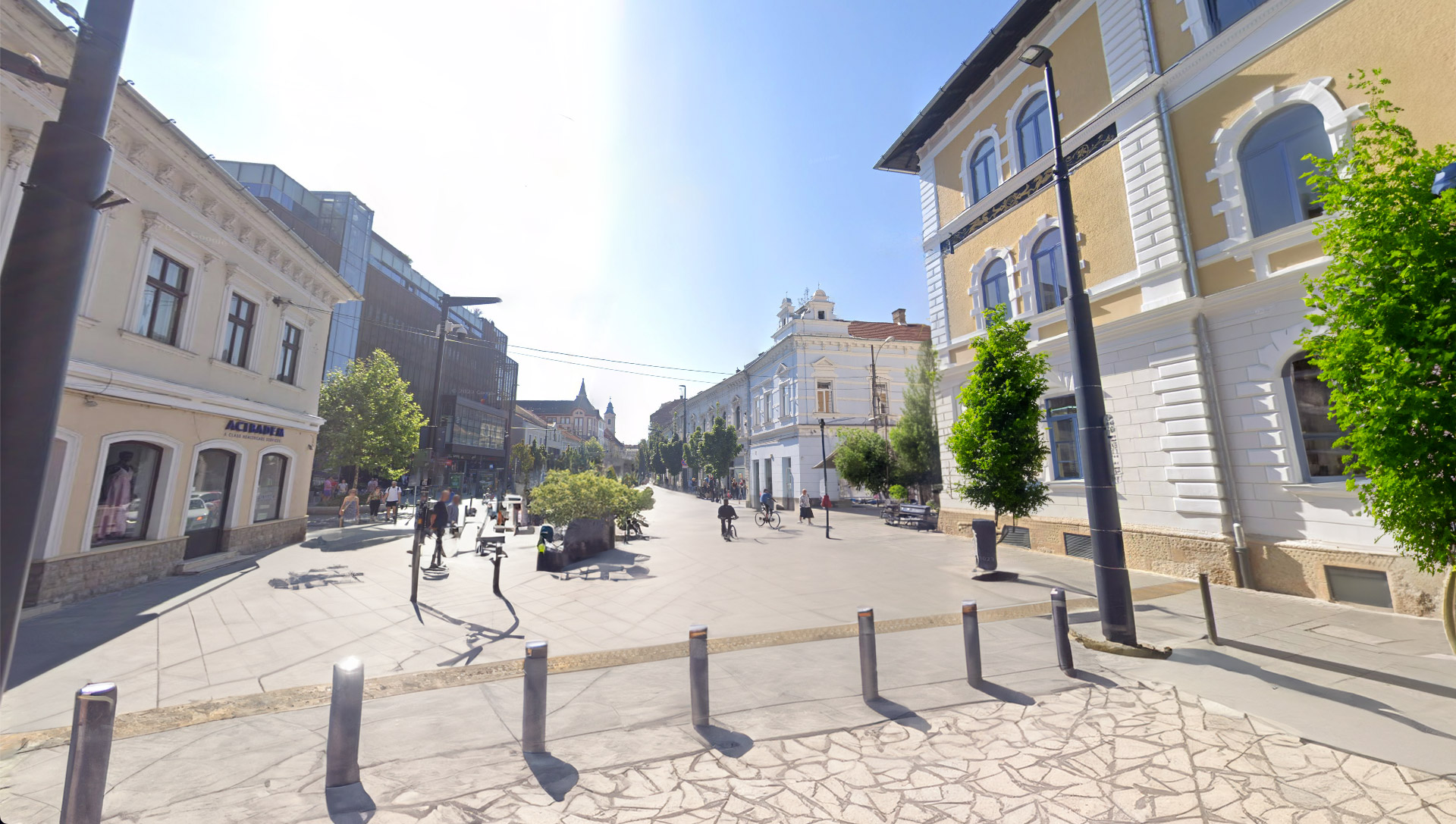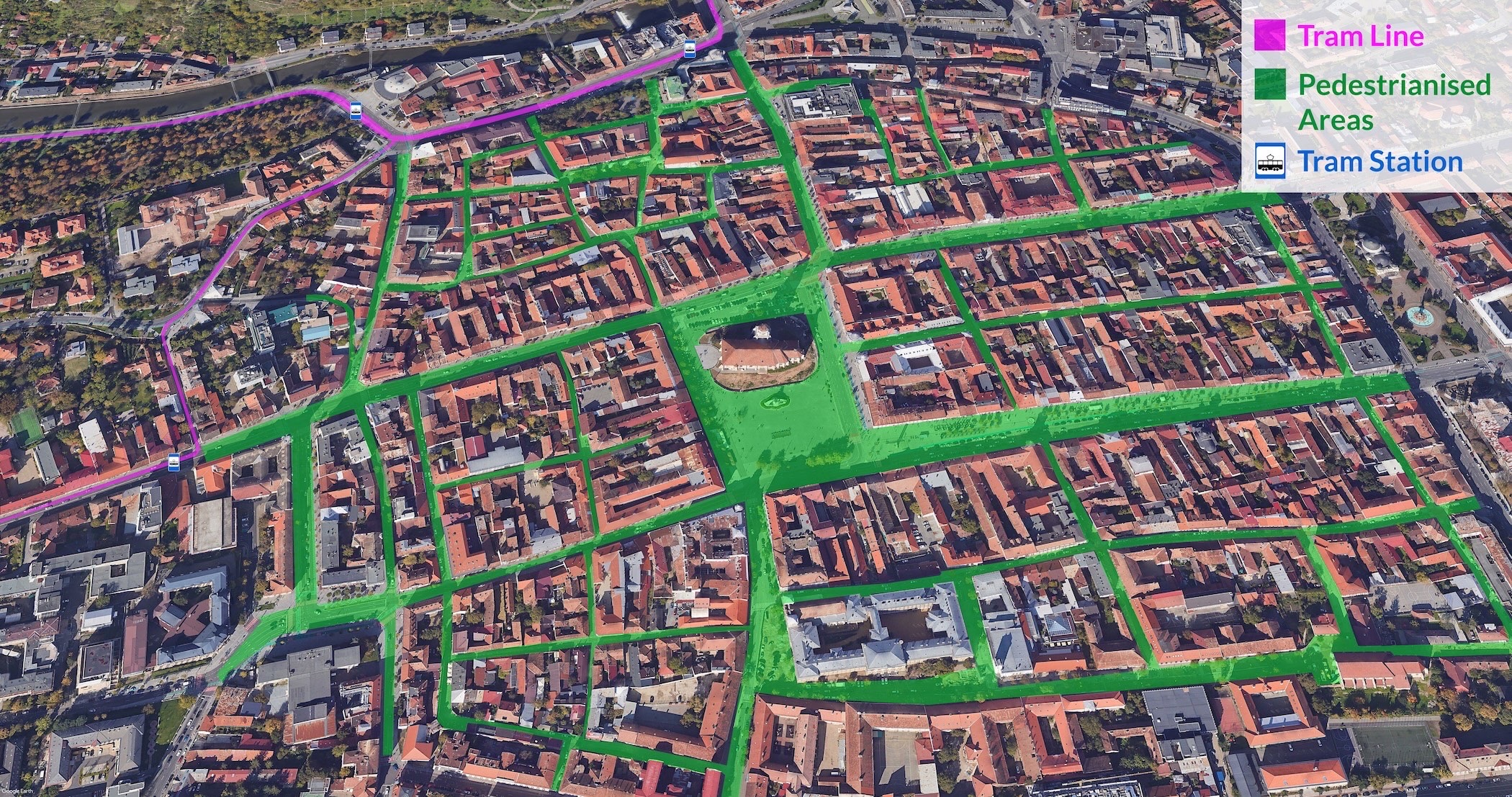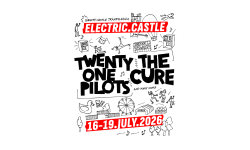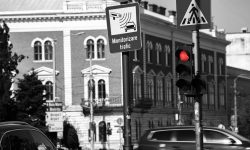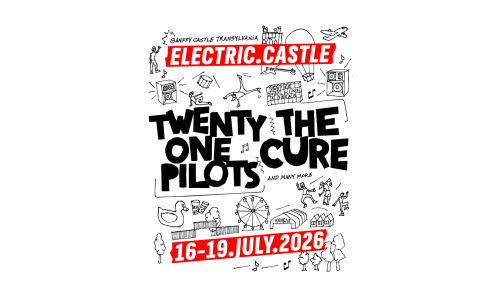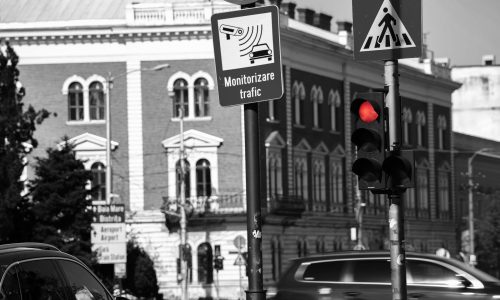Driven by a surge of curiosity, we chose to experiment with the concept of completely closing the center of Cluj-Napoca to all road traffic. Our goal was to transform the central streets into a space where people could gather, explore, and walk freely through a modern and elegant urban landscape, free from the constant struggle with traffic crossings, noisy cars and motorcycles, and pollution.
The plan involves redirecting traffic around the central streets and introducing a new tram connection. This tram would run from Parcul Central to a new station at Platinia, then continue towards Motilor to a new station near the city hall. From there, it would turn off at Strada Basile Alecsandri and reconnect with the tram line near the Hungarian Opera.
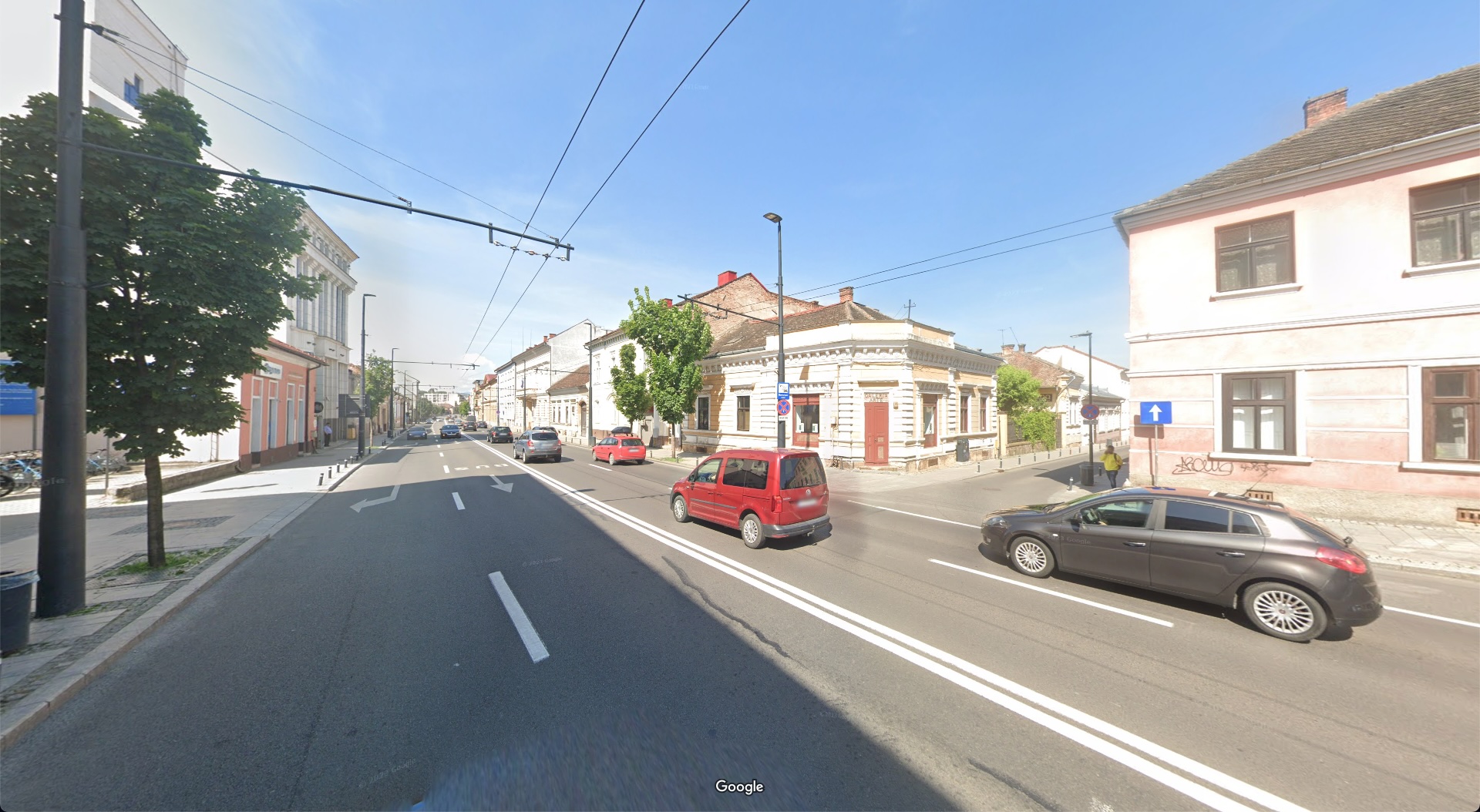
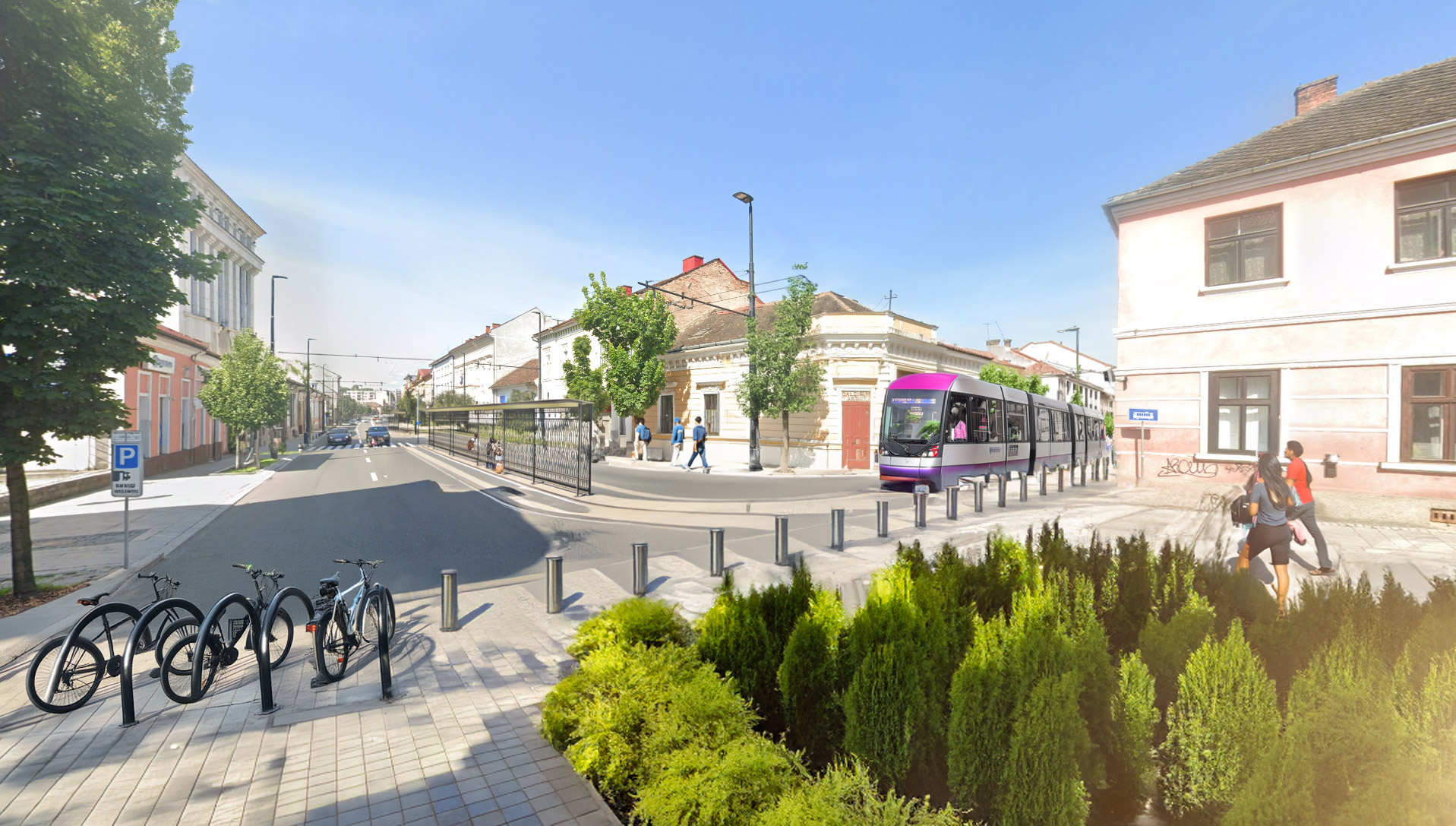
The multi-story car parks near the city hall and behind Central would remain accessible, but all streets would be closed to through traffic. While access would still be provided for residents and commercial deliveries, the rest of the area would be designated for pedestrians to walk freely.
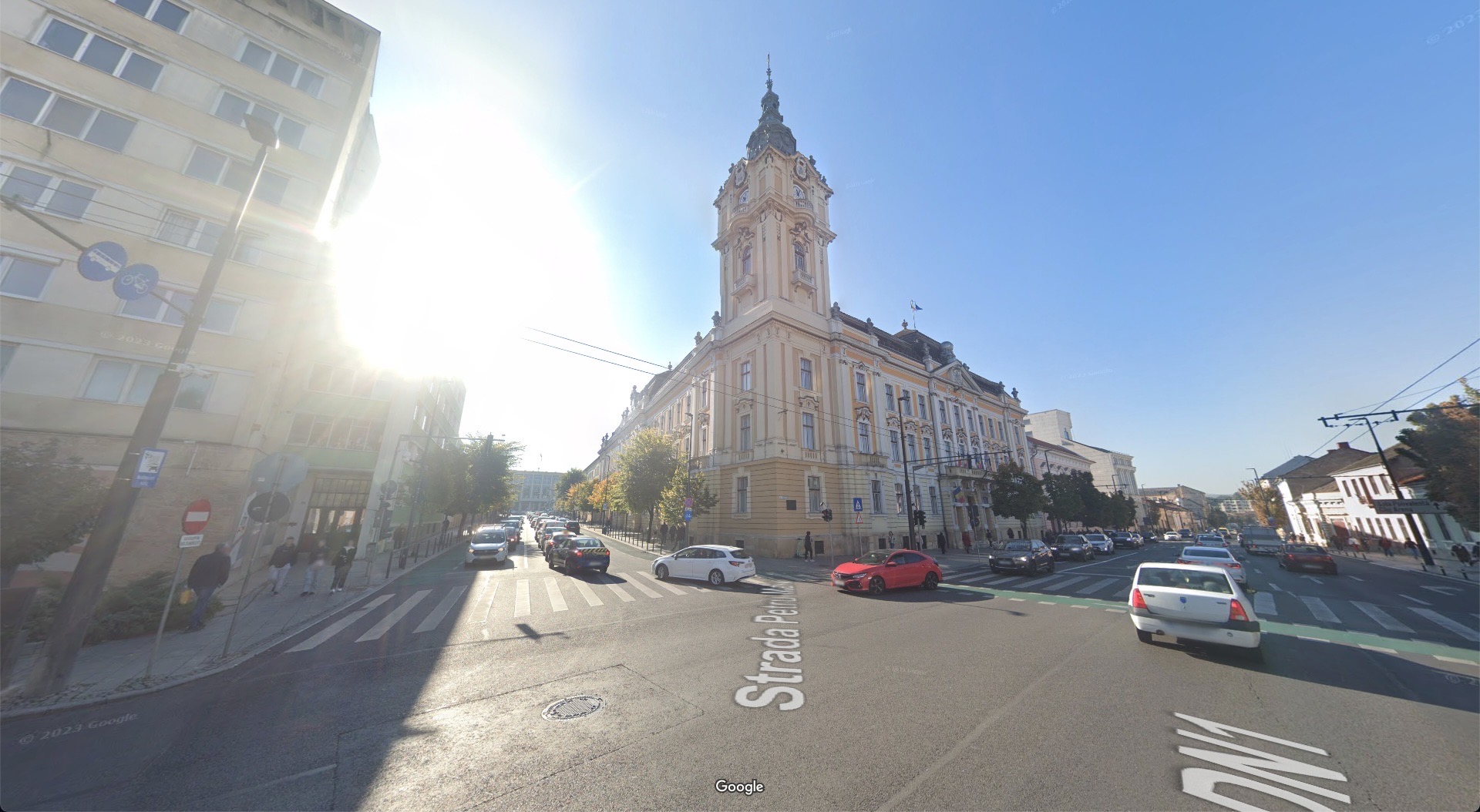
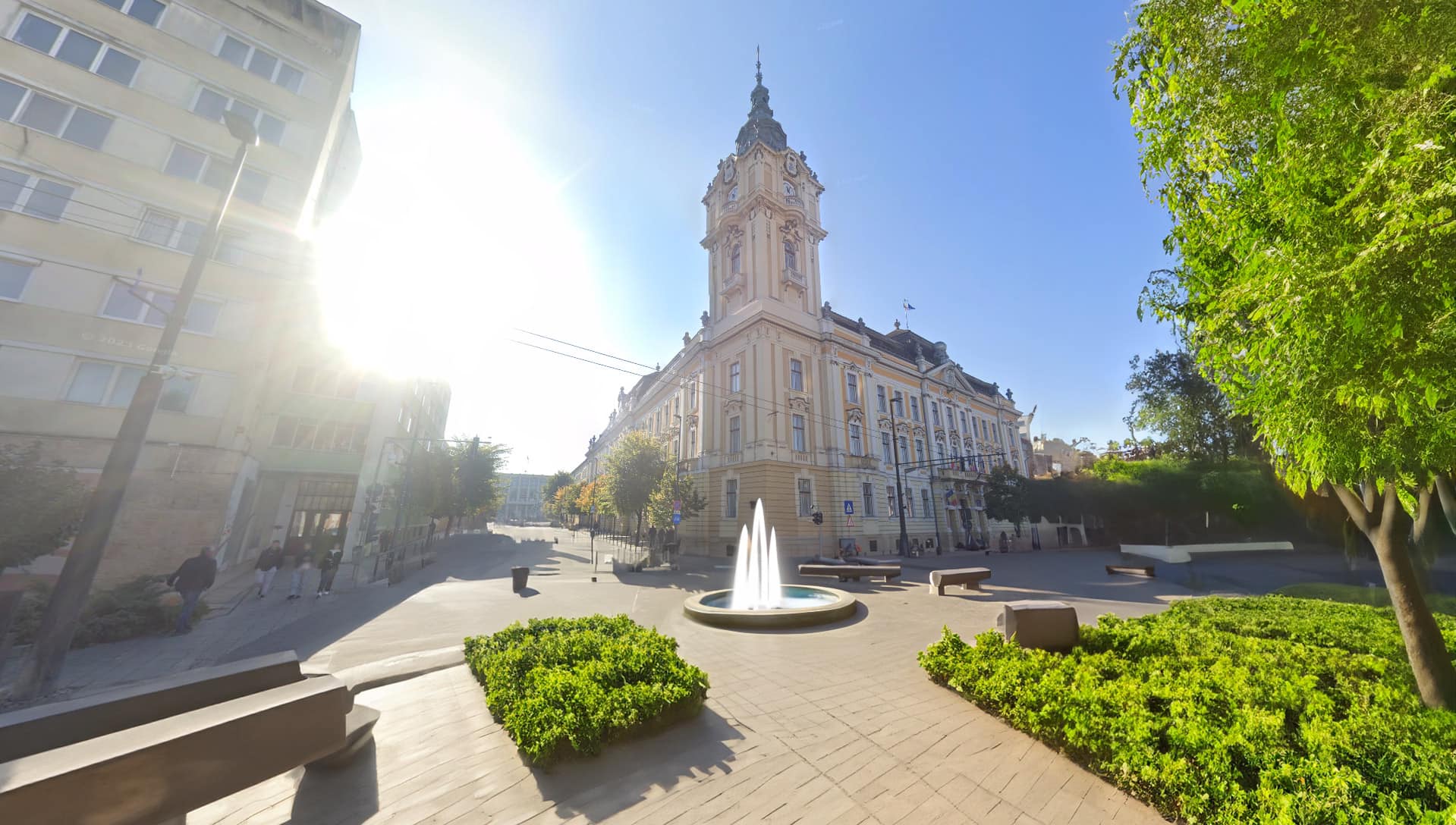
New trees and urban furniture will be installed throughout the centre of the city, with each section featuring its own distinctive style that complements the local architecture and street layout. The aim is to create multiple community squares where people can gather or hold events.
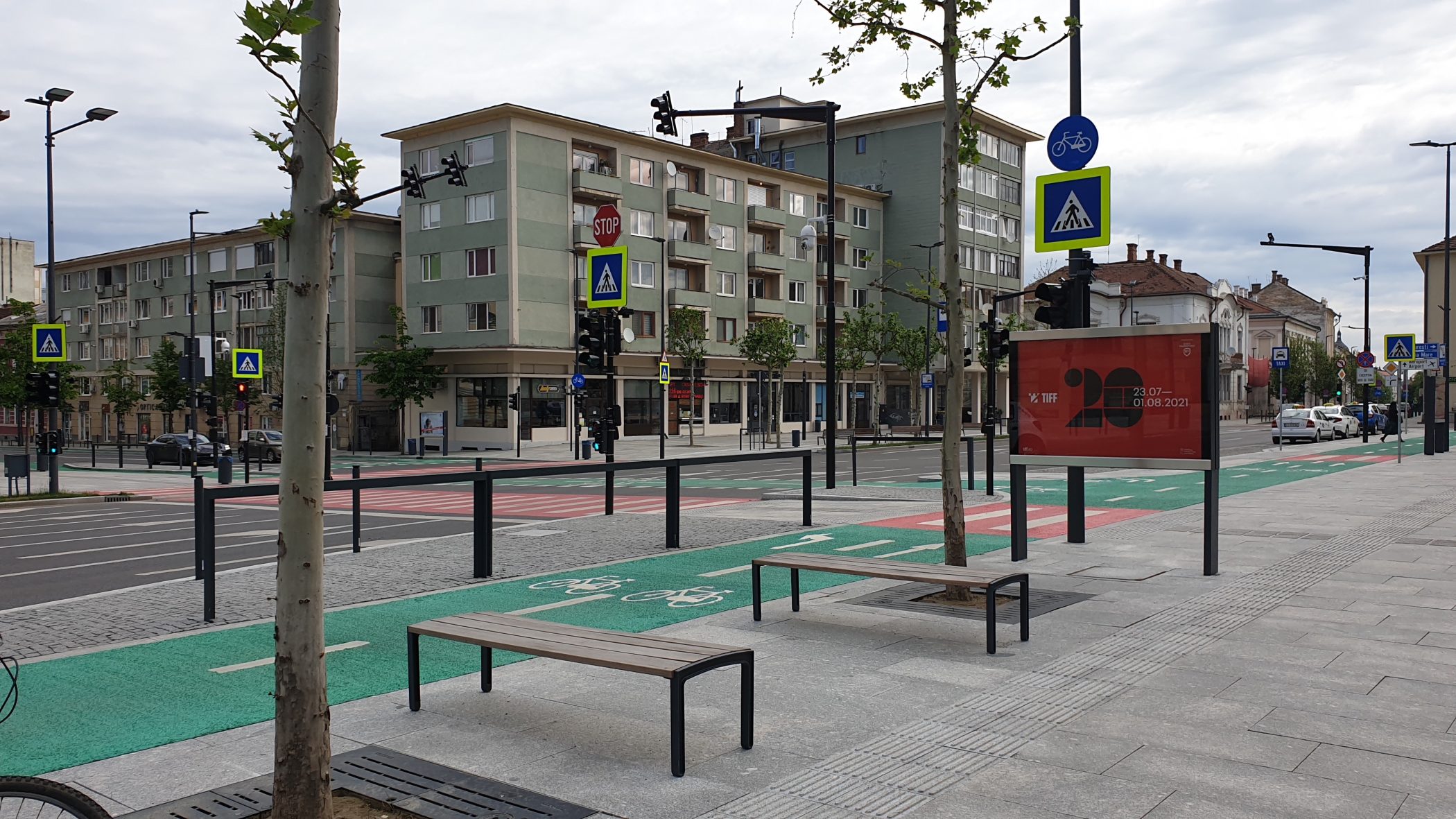

Initial feedback from the citizens of Cluj-Napoca reveals a strong desire for more green spaces and trees, despite the challenges of generating realistic foliage with Photoshop. However, balancing the functionality of open pedestrian areas, event spaces, and limited vehicle access presents a creative challenge.
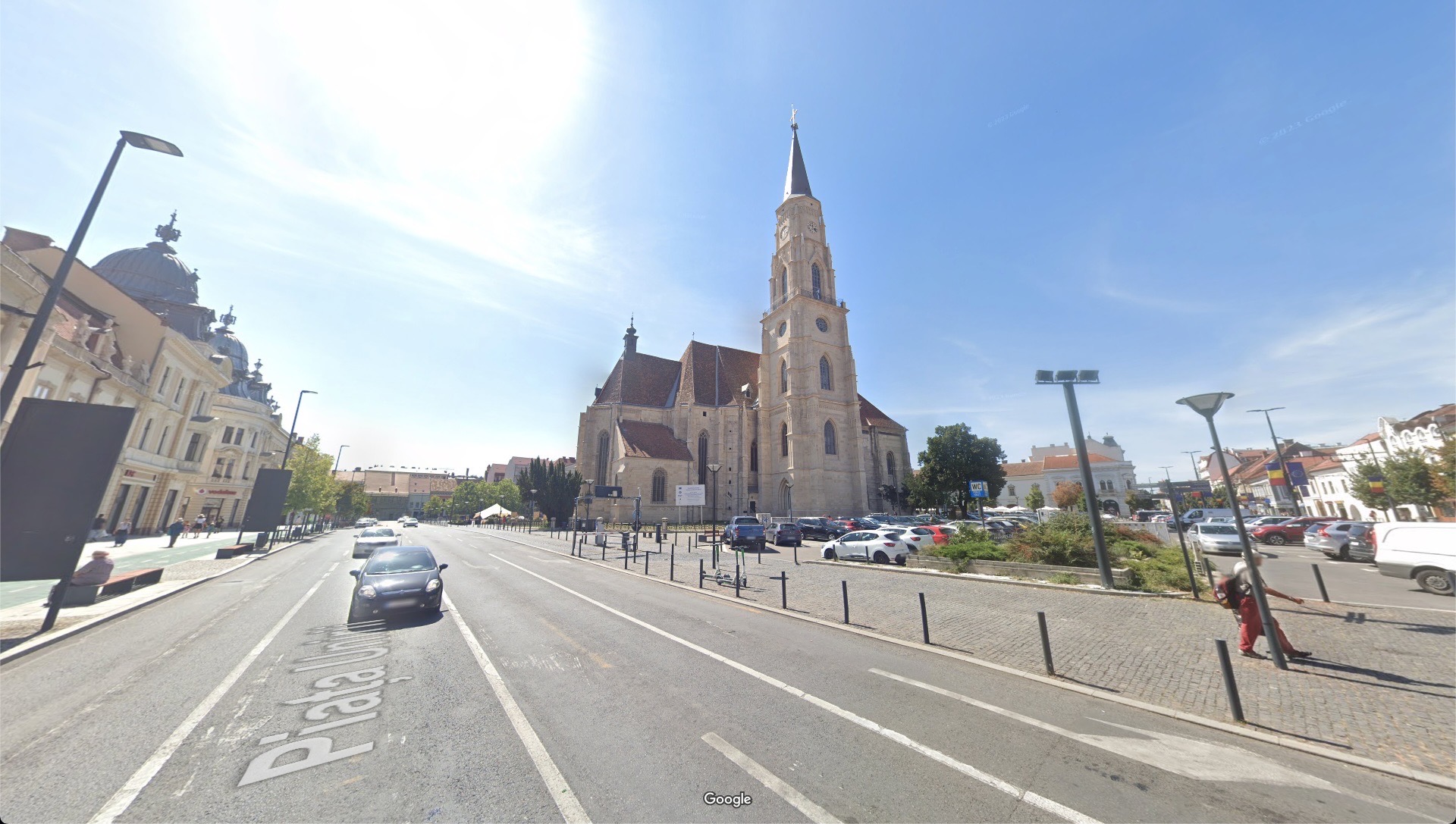

The options for incorporating greenery are currently limited to planters and shrubs, but innovative solutions and community input could transform these spaces into vibrant, green urban oases.
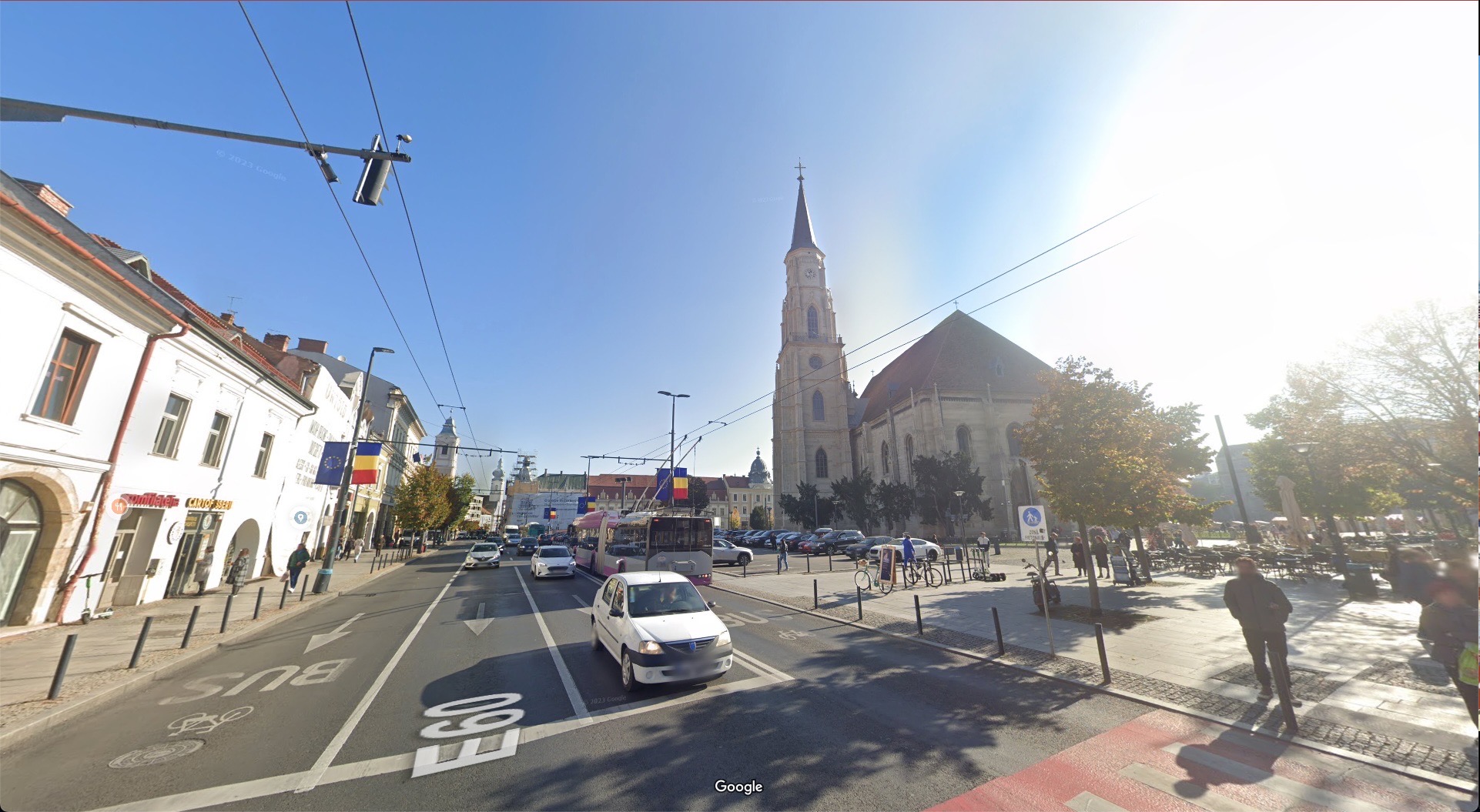

It’s important to note that newly planted trees will need time to grow and mature, gradually enhancing the urban landscape and providing the desired greenery over time.
The European Union actively encourages sustainable urban development projects, supporting initiatives that prioritise pedestrian spaces, reduce traffic congestion, and increase green areas. Cities like Copenhagen and Amsterdam serve as exemplary models, having successfully transformed their centres into vibrant, pedestrian-friendly zones
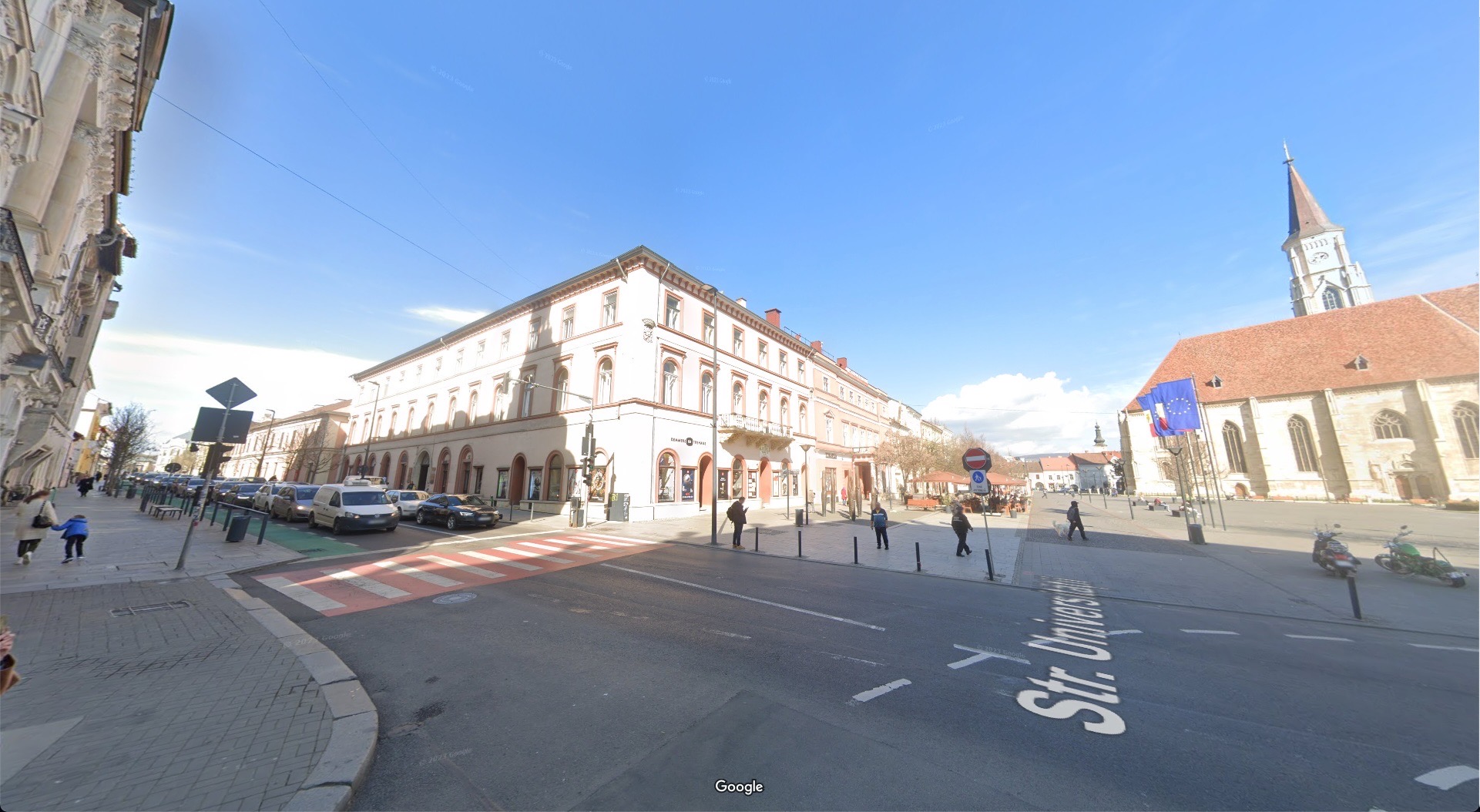
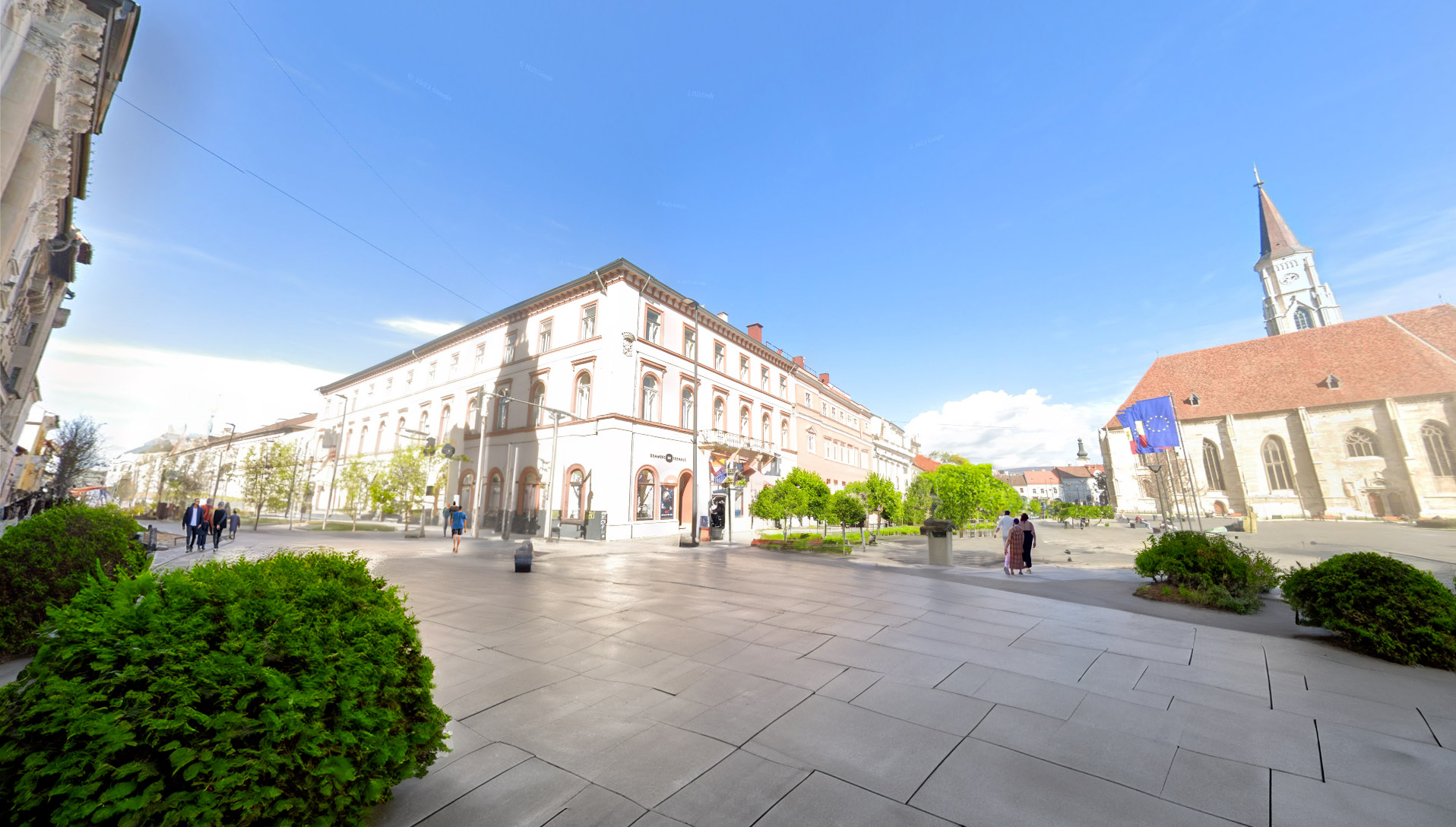
These cities have demonstrated that with careful planning and community involvement, it is possible to create urban environments that are both functional and enjoyable.

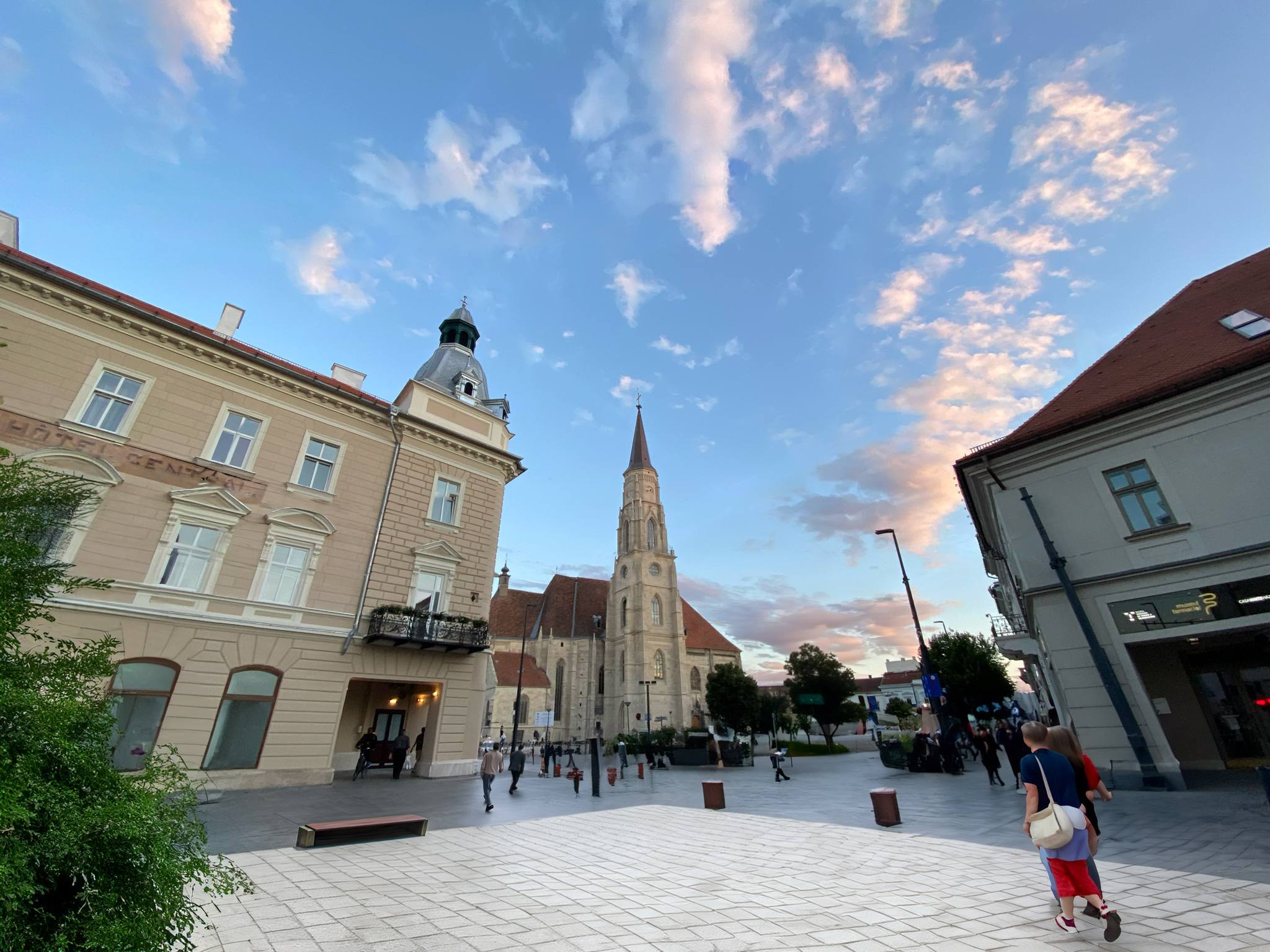
While the central park remains a key green space, addressing the desire for more greenery involves looking beyond the immediate city centre. Expanding green spaces around the periphery of the pedestrian zone can create a network of accessible, nature-rich areas.
- Residential Neighbourhoods: Enhancing green spaces in surrounding residential areas can provide local gathering spots and recreational areas for families and individuals.
- Pocket Parks: Small parks or “pocket parks” can be developed in vacant lots or underutilized spaces, offering convenient green retreats for nearby residents and visitors.
- Green Corridors: Establishing green corridors along major roads leading to and from the center can create pleasant, tree-lined pathways for pedestrians and cyclists, linking different parts of the city.
- Continuation of Riverside Developments: Leveraging riverbanks and waterways for green development can offer scenic, tranquil spaces for relaxation and activities like walking, jogging, and cycling.

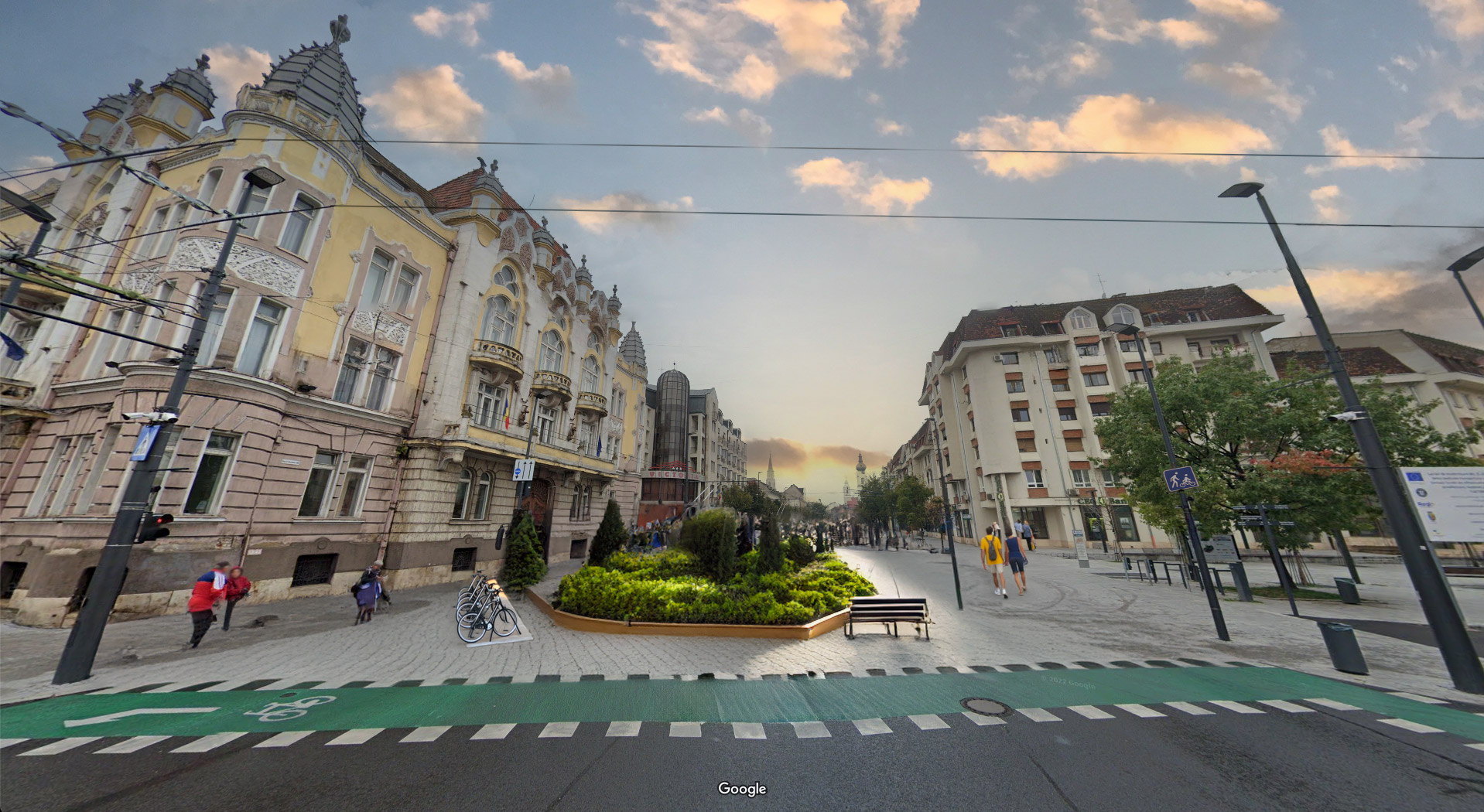
By focusing on these surrounding areas, Cluj-Napoca can ensure a plentiful distribution of green spaces, providing alternatives and enhancing the overall urban experience.
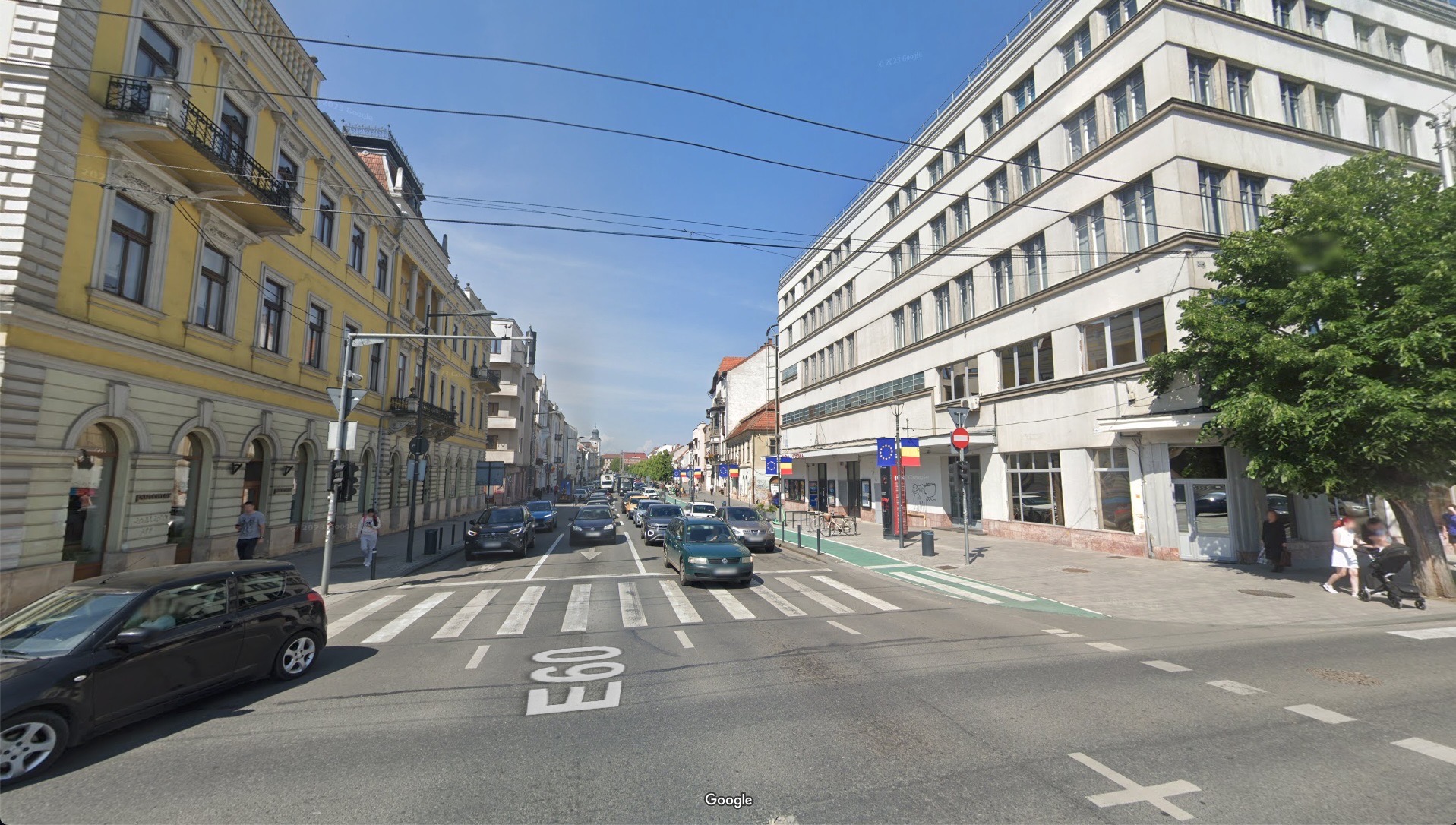
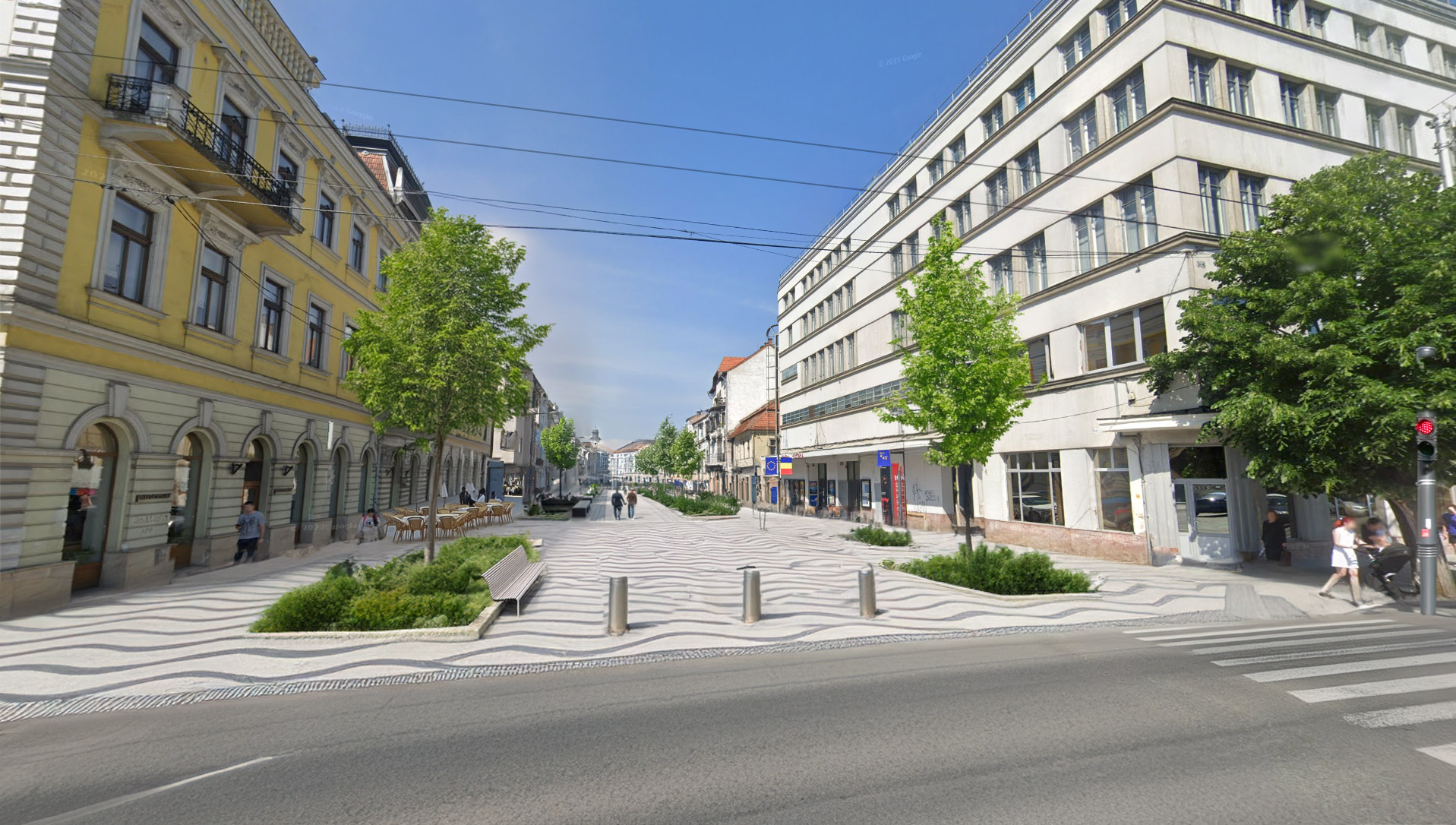
Emil Boc, the mayor of Cluj-Napoca, who was recently re-elected, has been a driving force in aligning the city’s development with the European Union’s sustainability targets and urban development ambitions.
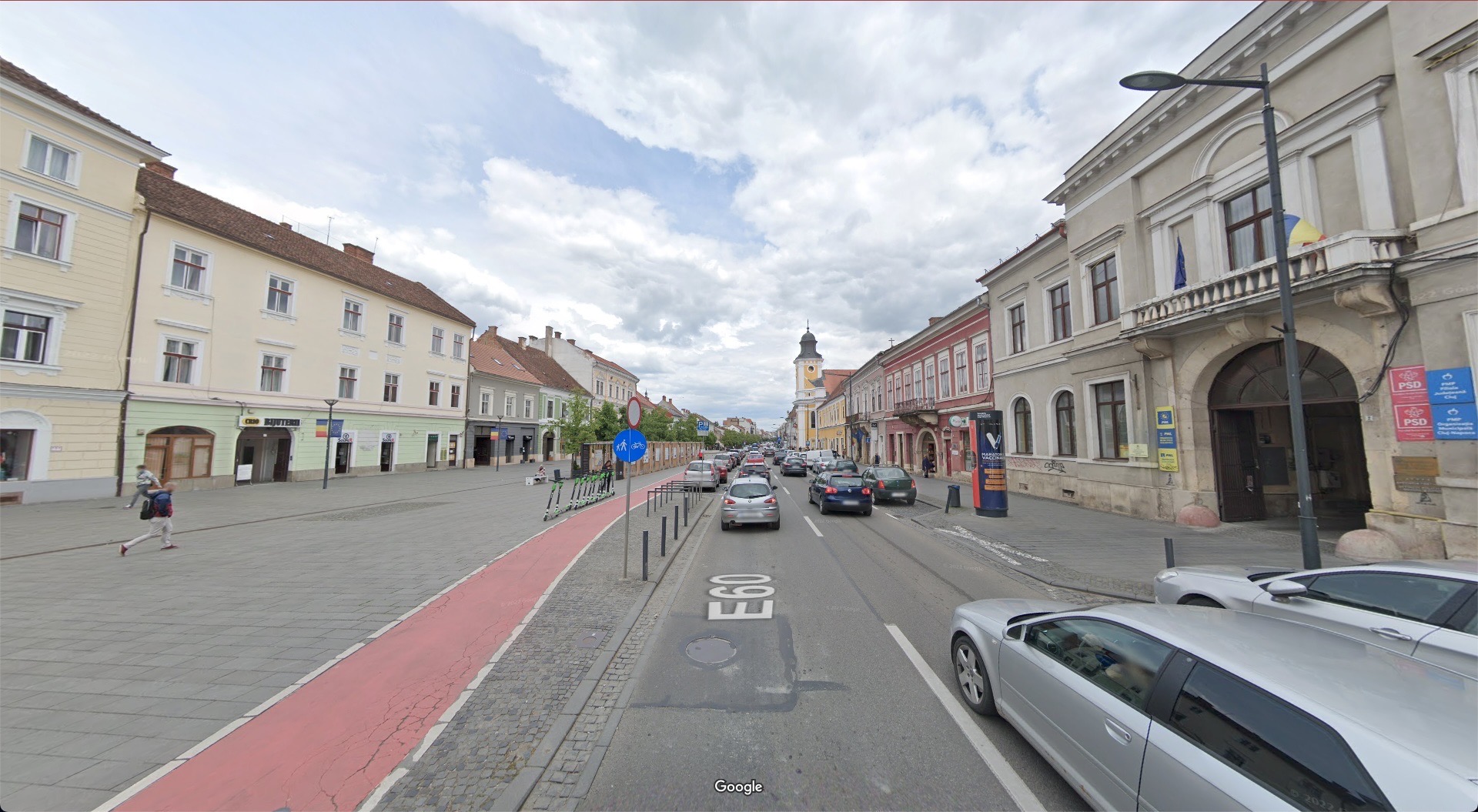
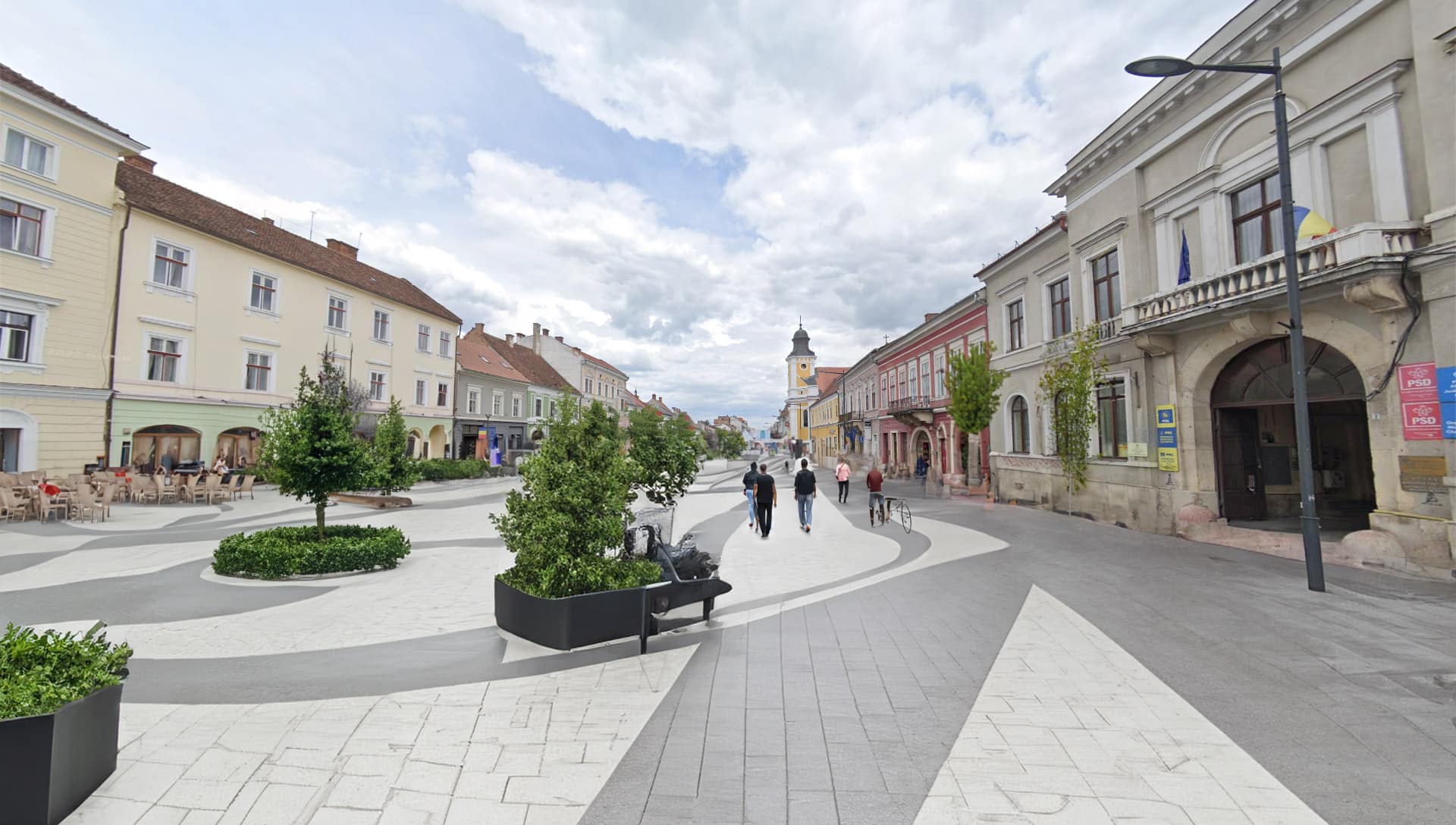
The images were generated using a combination of photos, Google Street View and Photoshop's new generative AI.

